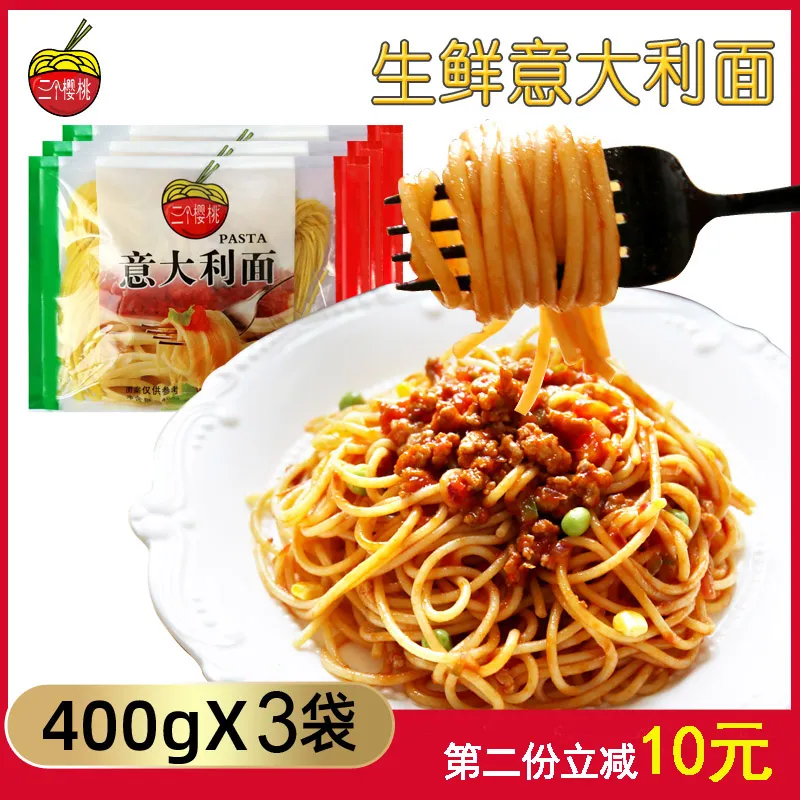hand made noodles
The Art of Handmade Noodles A Culinary Tradition
In the bustling world of culinary arts, few dishes embody tradition and craftsmanship as deeply as handmade noodles. While modern conveniences have streamlined many aspects of food preparation, the art of making noodles by hand remains a cherished practice in various cultures, particularly in Asia. The process is not only a testament to culinary skill but also a celebration of heritage, patience, and creativity.
The Basics of Handmade Noodles
At its core, making handmade noodles involves a simple combination of flour and water, but the magic lies in the technique. Different types of flour yield different textures and flavors. For example, wheat flour is commonly used for making soft, chewy noodles, while rice flour results in a delicate and smooth texture. The choice of ingredients can influence not only the sensory experience but also the nutritional profile of the noodles.
The first step in making handmade noodles is mixing the dough. The flour is combined with water in a precise ratio, often enhanced with salt or eggs for added flavor and richness. Once mixed, the dough is kneaded thoroughly until it reaches a smooth, elastic consistency. This step is crucial; it develops the gluten, which gives the noodles their characteristic chewiness. After kneading, the dough is allowed to rest. This resting period relaxes the gluten, making it easier to roll out.
Next comes the shaping process. There are numerous methods for forming noodles, depending on regional traditions. In China, for instance, hand-pulled noodles are a popular choice. The dough is repeatedly stretched and folded until it reaches the desired thinness, creating long, elastic strands. In Italy, the dough may be rolled out and cut into various shapes, such as fettuccine or tagliatelle. Regardless of the method, the crafting of noodles by hand allows for unique variations, adding to the beauty of the dish.
Cultural Significance
hand made noodles

Handmade noodles are not just food; they carry cultural significance and stories. In many Asian cultures, the act of making noodles from scratch is a communal activity, often involving family members coming together to share techniques and recipes passed down through generations. Each region boasts its own specialties—think of the ramen from Japan, the soba from buckwheat, or the bun from rice flour. Each noodle type reflects the landscape, history, and palate of its people, making it a symbol of cultural identity.
In addition to their cultural roots, handmade noodles often feature in celebratory dishes. For example, in Chinese culture, noodles symbolize longevity and are traditionally served during birthday celebrations. Similarly, in Italy, pasta made for family gatherings represents unity and love, making every meal a memorable event.
The Modern Revival
In recent years, there has been a resurgence of interest in handmade noodles, partly due to the movement towards authentic, artisanal food. Chefs and home cooks alike are discovering the joys of creating their own noodles, with many experimenting with different flavors, flours, and techniques. Cooking classes focused on noodle-making have gained popularity, teaching participants not just the technical skills but also the philosophy behind this time-honored tradition.
Crafting noodles by hand is a meditative practice; it requires patience and attention to detail. In an age where fast food and convenience dominate, many find solace in slow cooking and the tangible connection to their heritage that handmade noodles provide.
Conclusion
The art of handmade noodles transcends mere food preparation; it is an expression of culture, identity, and tradition. Whether you are indulging in a bowl of ramen or twirling fettuccine around your fork, each strand carries with it a story of craftsmanship and care. As we embrace the joy of creating these noodles by hand, we not only preserve a valuable culinary tradition but also connect with the rich tapestry of human experience that food uniquely represents. So, roll up your sleeves, gather your ingredients, and embark on a noodle-making journey that promises not only to satisfy the palate but also to enrich the soul.
-
Unleash Your Inner Chef with Delectable Italian Pasta CreationsNewsAug.01,2025
-
Savor Health and Flavor: Irresistible Soba Noodles for Sale Await!NewsAug.01,2025
-
Nourish Your Body with Premium Organic Ramen - A Culinary Delight AwaitsNewsAug.01,2025
-
Elevate Your Dishes with Our Exquisite Kinds of Egg NoodlesNewsAug.01,2025
-
Dive into Flavorful Convenience with Our Ramen OfferingsNewsAug.01,2025
-
Discover Exquisite Types of Naengmyeon and Chilled Soba NoodlesNewsAug.01,2025
-
Is Whole Wheat Pasta Healthy?NewsMay.30,2025
Browse qua the following product new the we

















































































































